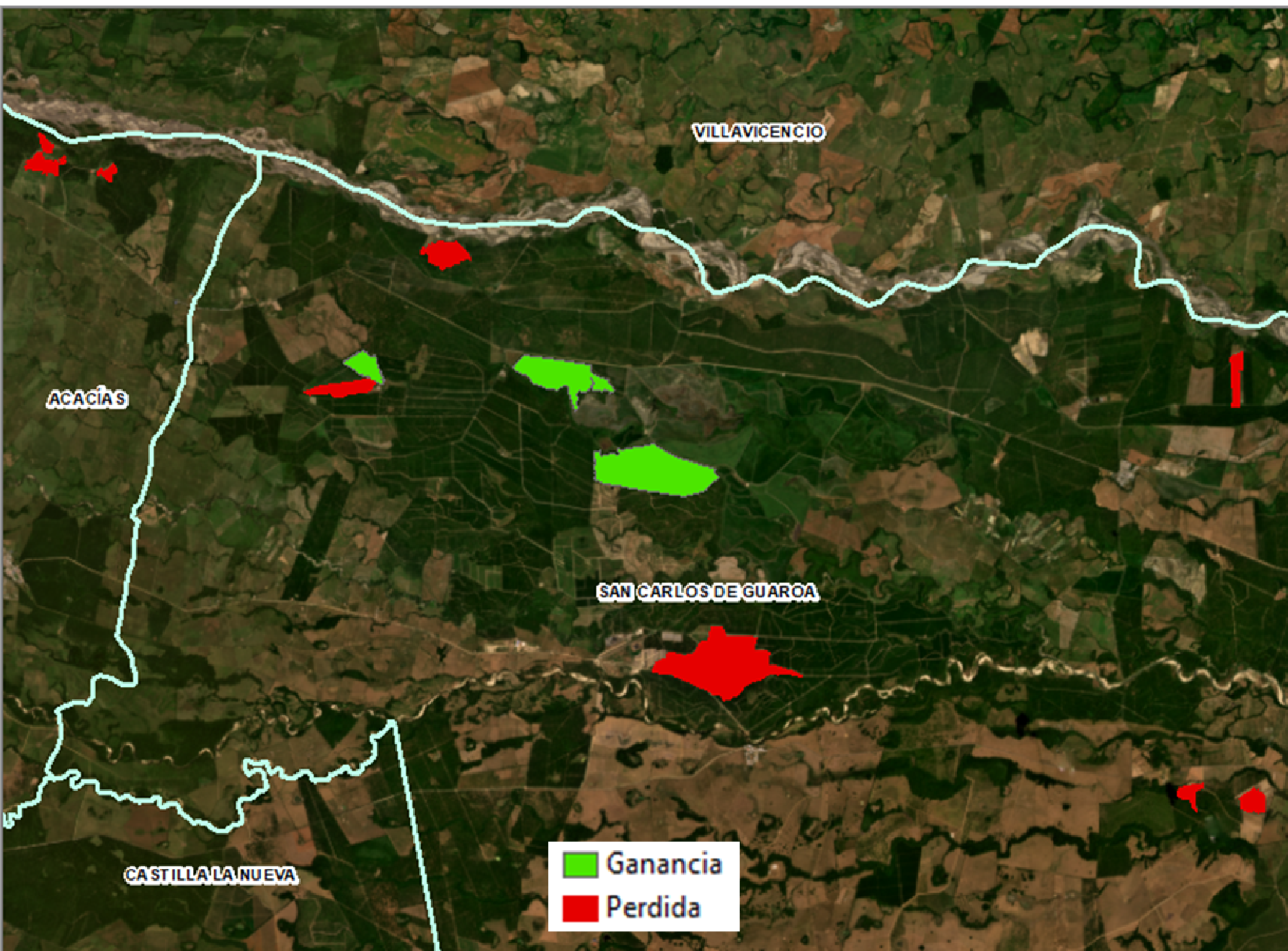Crop Monitoring System
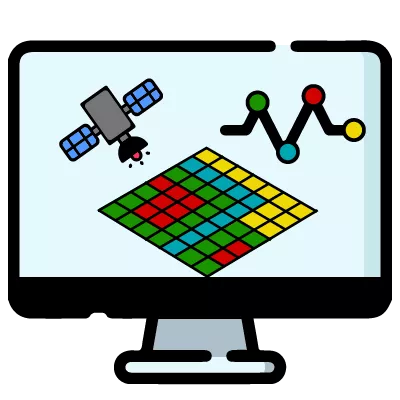
The Orinoquia Crop Monitoring System is an information service of the Orinoquia IDE that will enable the planning of low-carbon sustainable agricultural and forestry production.
Learn about our main advances in these Storymaps
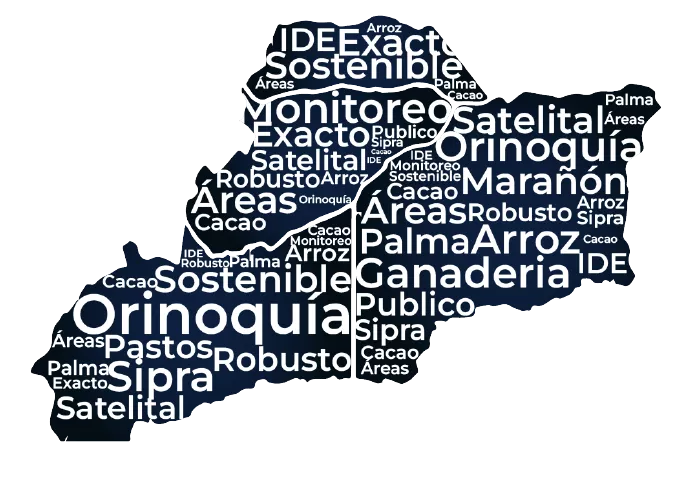
Principle
The fundamental principle of a crop monitoring system is to enable the continuous storage, processing, and analysis of data on the characteristics and changes of phenomena of interest to ensure the continuous dissemination of generated information about the extent, location, and changes in the productive chains of interest.
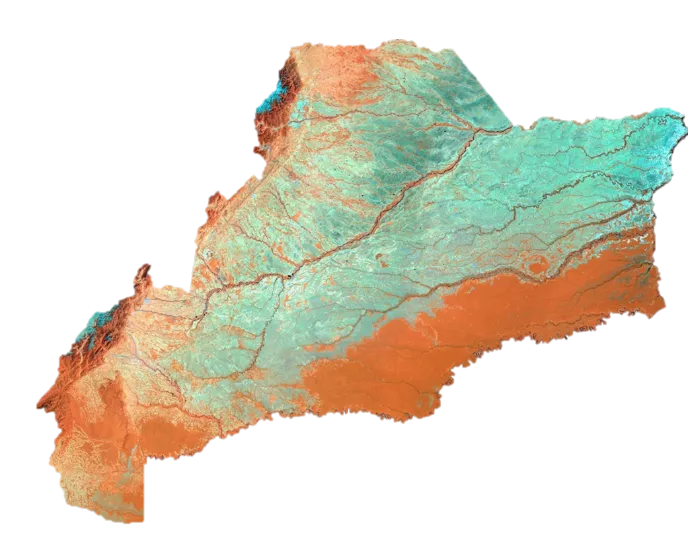
Value Proposition
The Orinoquia Crop Monitoring System will gather information on the extent and changes of productive areas through the analysis of satellite images of different cultivation stages to generate comparative analyses of changes in cultivated areas.
Objective
To support the planning and implementation processes of sustainable production.

Dashboards
Dashboards that allow the spatial, statistical, and graphical consultation of crop monitoring results in their productive stage for the years 2020, 2021, and 2022. This information is obtained from satellite images, artificial intelligence, and cloud processing to know their spatial location, areas, and changes over time, supporting land use policies in the Orinoquia region.
Need
A crop monitoring system is a fundamental tool for agricultural management as it facilitates decision-making processes from the governmental level to the producer level; by offering precise, objective, reliable, and timely information on estimates of the extent, yield, and productivity of crops of interest.
Importance
A monitoring system, by offering precise, objective, reliable, and timely information on estimates of the extent, yield, and productivity of crops of interest; facilitates decision-making to guide policies and actions on food security, land management, price markets, insurance, etc.
Characteristics
A national or regional scale crop monitoring system requires, for the measurement of productive area and its changes, data from remote sensors that have wide geographic coverage, high temporal resolution, spatial resolution appropriate to the scale of the landscape to be analyzed (i.e., average plot size) and at the same time low cost to ensure its sustainability and appropriation.
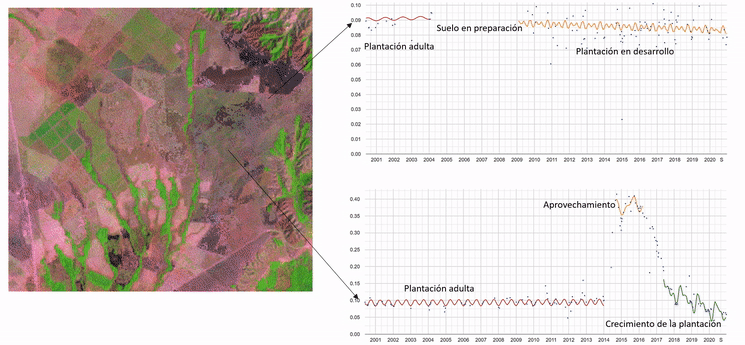
In order to identify and develop alternatives that contribute to improving conditions for sustainable agricultural planning and production, aiming to reduce greenhouse gas emissions, the crop monitoring system will develop a methodology based on remote sensors and digital image processing in a cloud computing environment.
In order to identify and develop alternatives that contribute to improving conditions for sustainable agricultural planning and production, aiming to reduce greenhouse gas emissions, the crop monitoring system will develop a methodology based on remote sensors and digital image processing in a cloud computing environment.
The methodologies and results of the monitoring system should:
- Be robust to ensure the accuracy of the generated statistics.
- Be transparent to generate trust among all stakeholders.
- Be timely to meet local needs and contribute to agricultural planning and production.
- Be sustainable to guarantee long-term operation, maintain, and continuously improve to achieve its objectives.
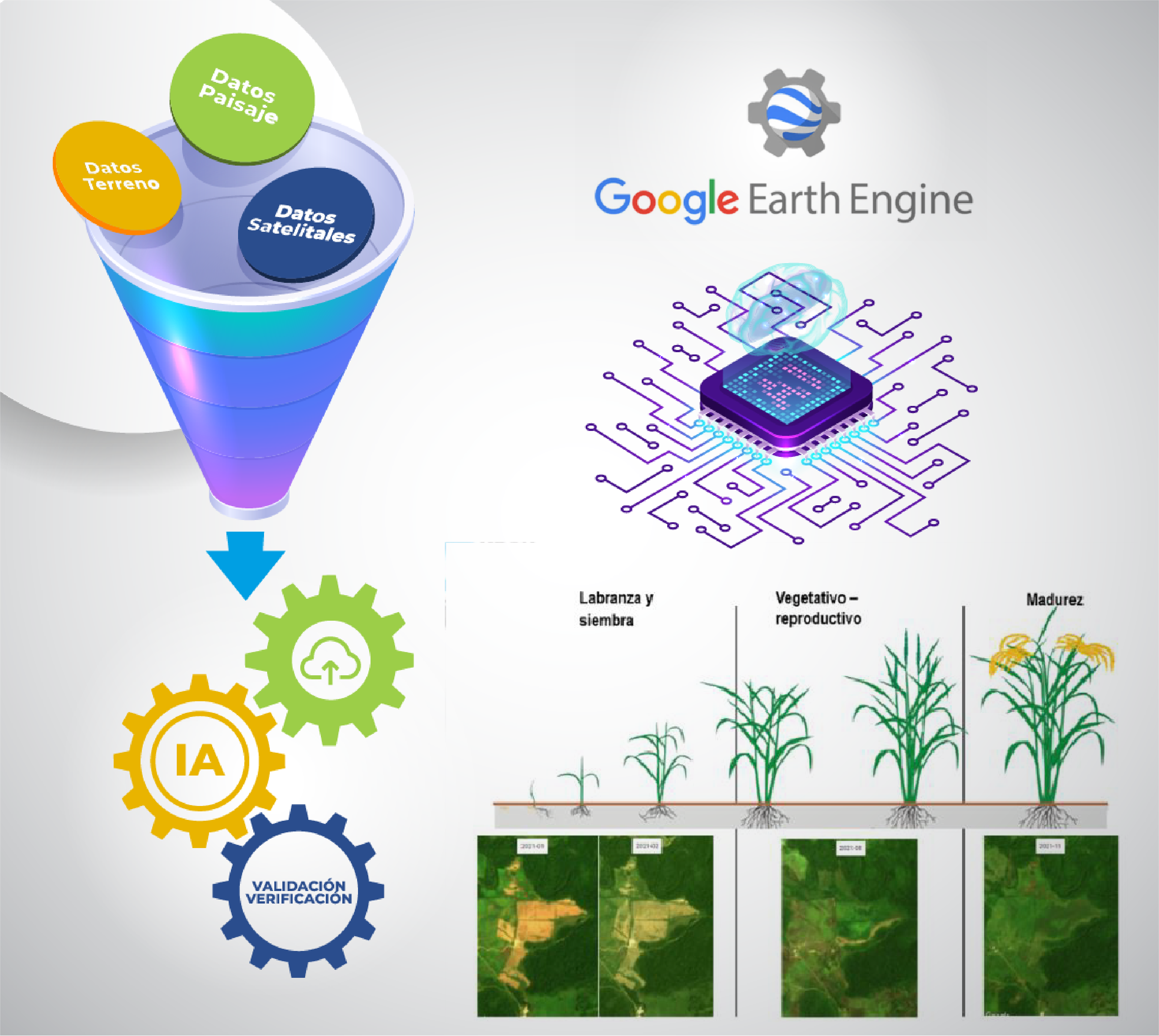
During the reporting stage, the Monitoring System will deliver precise maps and statistics on the productive areas of the crops of interest, as well as the results of multitemporal analyses that allow determining the temporal evolution of these areas in terms of change and stability. These data will be essential for modeling processes, prospective analysis, monitoring and control of policy results, planning and improving the productive systems in the region.
